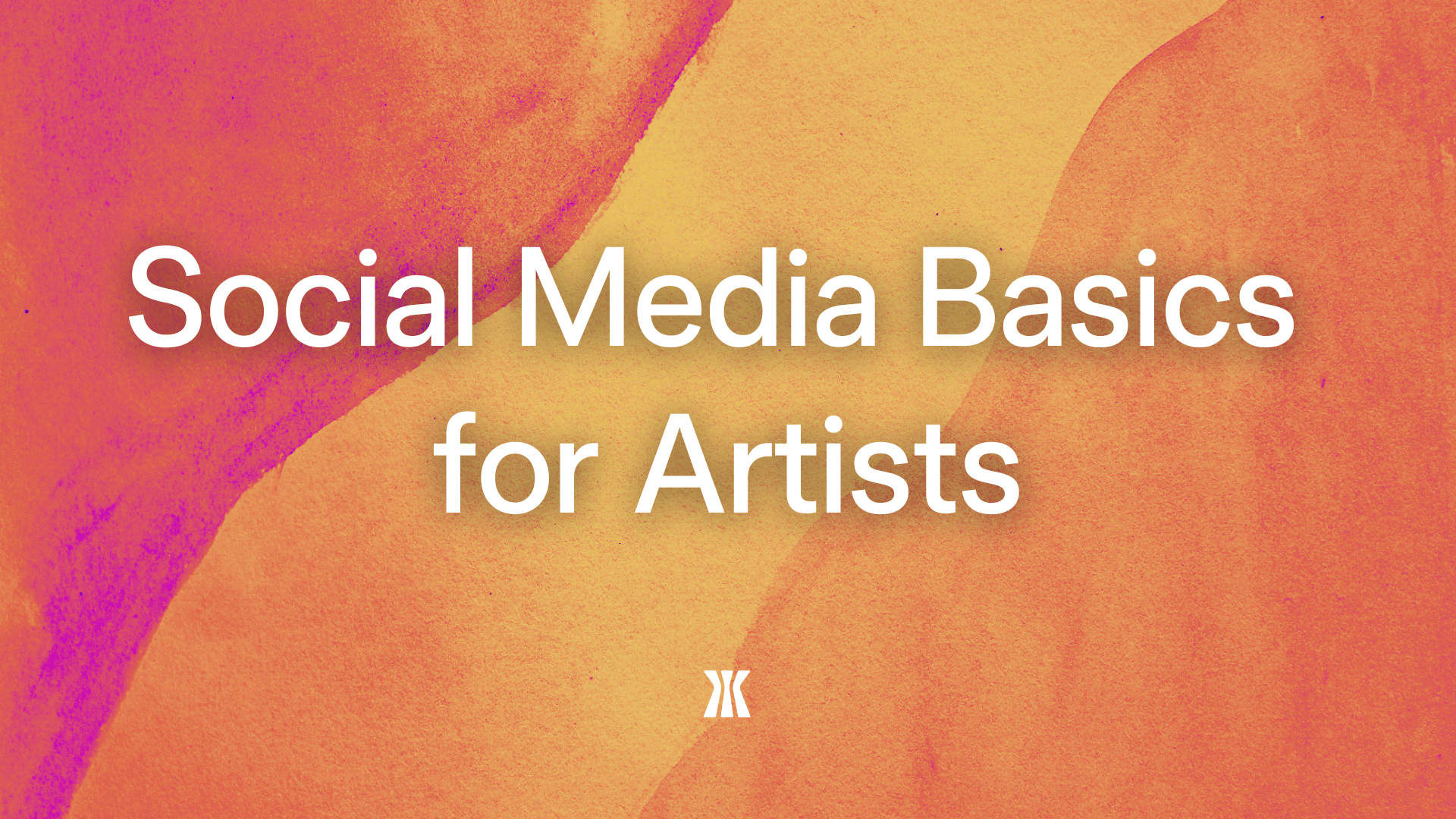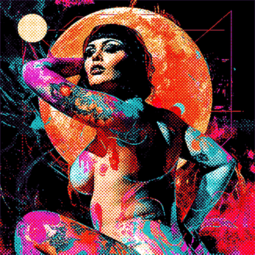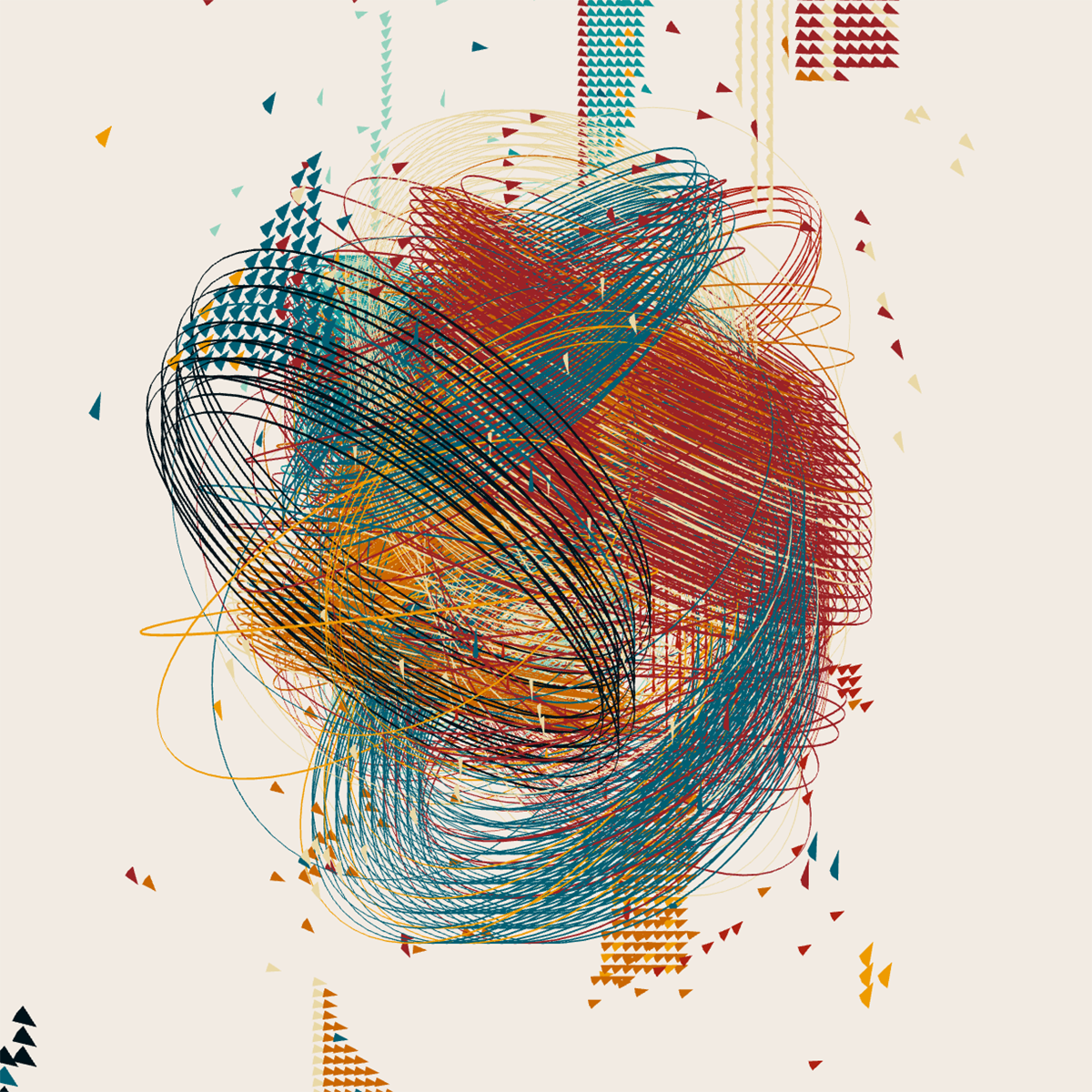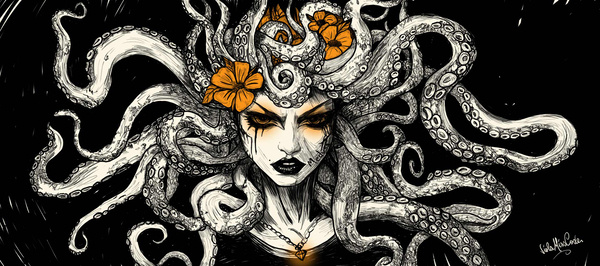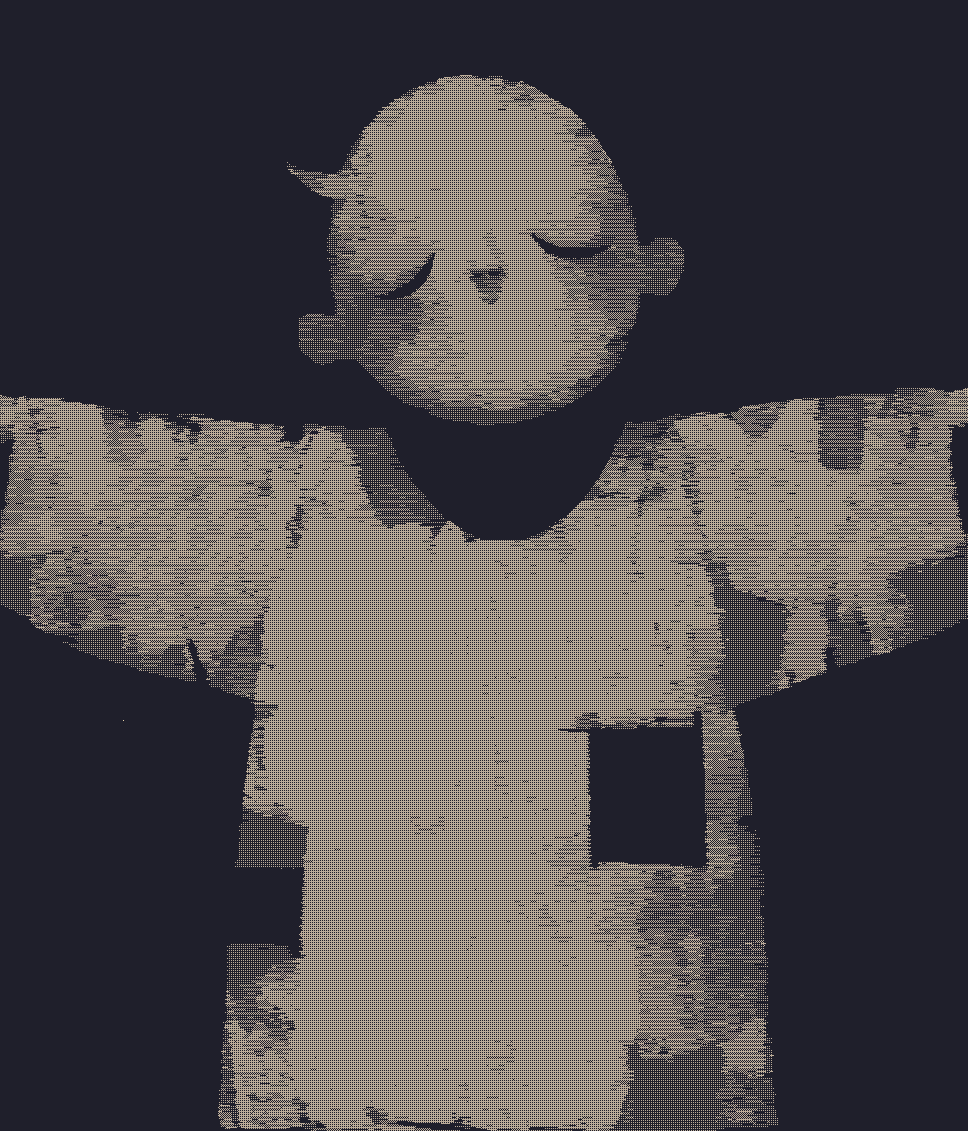Social Media Basics for Artists: A Quick Guide
Social media can be a powerful tool for artists to connect, grow their audience, and showcase their work. Here are some basic practices to help you navigate the digital art world effectively.
1. Profile Picture (PFP)
Your PFP is one of the first things people notice, so it’s a big part of your digital identity. Research shows people are naturally drawn to faces—something with two eyes and a mouth tends to resonate the most. That said, there are successful artists who don’t have a face PFP, but it’s usually part of their overall aesthetic and very intentional. Make sure to use the no-face, abstract approach wisely. Experiment with different PFPs until you find something that feels right and reflects you. Consider joining a PFP community that resonates with your work or interests. Once you settle on something, aim for consistency across platforms so people can recognize you easily.
2. Banner Images
While your PFP represents your identity, your banner image sets the tone for your profile. Vibe and Theme: Think of it as the "gallery wall" of your profile. Use it to add context or personality to your space. Showcase: Feature your latest work, an exhibition-style presentation, or a piece that represents your overall artistic vision. Change Often: Unlike your PFP, which benefits from consistency, your banner image can and should be updated to reflect new projects or changing themes, keeping your profile dynamic and fresh.
3. Bio: Short and Long
Your bio is like a digital handshake—it’s your chance to make a strong first impression. Short Bio: Perfect for social media profiles, applications, or quick introductions. Answer the basics: What do you do? Why do you do it? Long Bio: Typically used on websites or for galleries. This version can include more detail about your journey, style, and mission. Tips for Writing Your Bio: Research bios from your favorite artists for inspiration. Use tools like ChatGPT or other AI to create a starting draft if you feel stuck. If you’re in crypto art, remember that doxxing (revealing your true identity) is optional. Stay anonymous until you’re sure—it’s a one-way decision. Set Boundaries: Decide how much personal information you’re comfortable sharing to protect your privacy and feel more secure.
4. Links
Make it as easy as possible for people to find your work. Add a link-in-bio service like LinkTree, Beacons, or Campsite to consolidate everything. At a minimum, include links to your portfolio, marketplaces, or social platforms. Control over your content is key—if you’re tech-savvy, consider creating your own website for greater customization and long-term security.
5. Pinned Tweet
Your pinned tweet is prime real estate. It’s the first thing visitors see when they land on your profile. New to social media? Pin an introduction post with examples of your work. Have a big project or drop? Pin your latest update to highlight it. Pinned tweets also appear in the “Highlights” tab on Twitter. While not everyone explores it, it’s a useful tool to have.
6. Content
A. Yours vs. Others
There’s a lot of debate about whether artists should share others’ work on their profiles. Here’s the reality: Share others’ art: It builds connections, creates community, and helps people discover new artists (including you). Showcase your own work: Ensure your art is visible in your timeline—via pinned tweets, new posts, or retweets of your older work. Why this matters: If someone visits your profile and can’t easily find your art, they might assume you don’t share much or aren’t active as an artist. Make sure your work is consistently present, but don’t forget to amplify others too. It’s all about balance. Collaborations: Building relationships with other artists through sharing their work can lead to collaborations, which are fantastic for expanding your network and introducing your work to new audiences.
B. Storytelling
Your art is more than just the image; it’s the story behind it. Use captions, threads, or posts to share the context, process, or inspiration behind your work. Invite people into your world by connecting emotionally—they’ll care more about your art when they care about you. Storytelling isn’t just for new work; revisit older pieces and share untold stories about them.
C. Alt Text
Alt text serves two critical purposes: Accessibility: Ensures that visually impaired users can engage with your content through screen readers. Algorithm Optimization: Helps social media platforms categorize and recommend your work to others. When writing alt text, aim for a simple yet vivid description of the piece—what someone would see and feel when looking at it.
D. Metrics
Success looks different for everyone, and social media metrics aren’t the whole story. Set realistic goals that reflect your priorities. Are you looking for sales, connections, or simply to share your work? Don’t take rejection personally—being ignored or unseen happens to everyone. It’s rarely about you as a person. If something isn’t working, step back and readjust. Experimenting is part of the process, and your approach will evolve over time.
7. Timing and Engagement
Social media moves fast—you only have seconds to catch someone’s attention. Use tools like Buffer.com to schedule tweets and retweets, saving time and ensuring consistent activity. Automation is helpful, but don’t rely on it alone. Engagement—interacting with comments, liking others’ posts, and building relationships—is what makes social media effective.
8. Experiment and Have Fun
There’s no one-size-fits-all solution. Social media is another canvas for an artist to try things out, see what works, and evolve your approach. Enjoy the creative freedom it offers—it’s part of the journey too.
With these basics, you’re ready to make the most of social media as an artist. Dive in, experiment, and let your creativity shine online!
